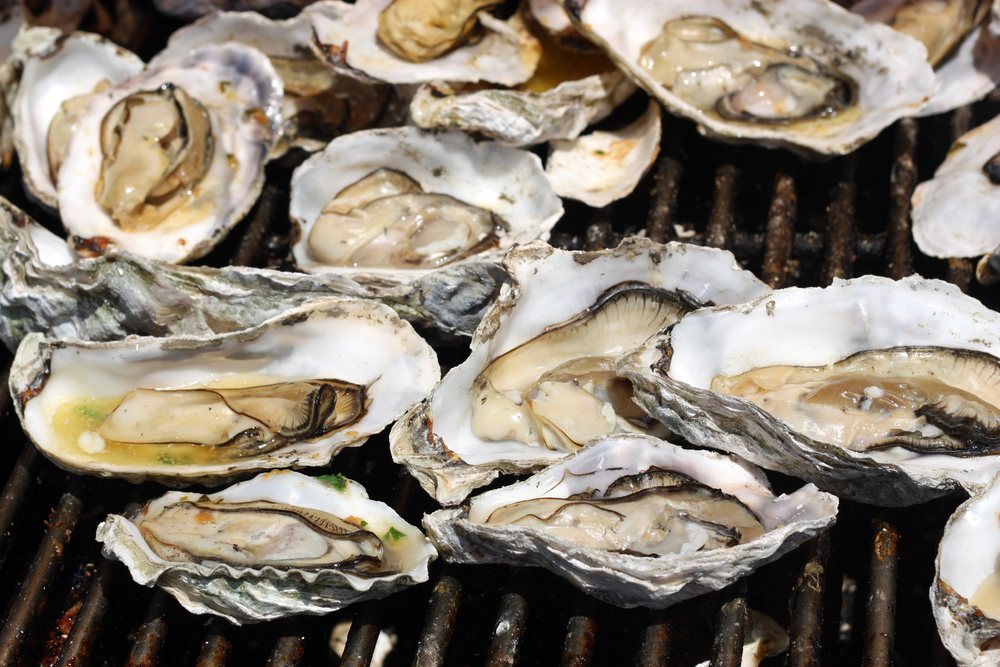
Now that it’s September, it’s unofficially oyster season in New England. Having grown up amongst Greater Boston’s idyllic fishing communities, I’ve abided by the old adage only eat oysters during months that end in ‘ber.’ September is no exception; except for the fact that oyster beds off the coast of Edgartown on Martha’s Vineyard have been closed.
On Wednesday afternoon, the Massachusetts Department of Public Health and the Massachusetts Department of Fish and Game, Division of Marine Fisheries announced the precautionary closure of the oyster beds in Katama Bay. The two departments determined that a certain environmental condition has become present which can often lead to an infestation of Vibrio parahaemolyticus – a bacteria that can cause gastrointestinal illness when ingested.
“We recognize the impact these actions have on many of our local businesses, and we do not take them lightly,” said Cheryl Bartlett, Massachusetts Commissioner of Public Health, in a statement. “We will continue to partner with federal and local health officials and industry to ensure the public’s health and safety. This precautionary closure eliminates possible sources of exposure to prevent future food-borne illness.”
According to MassDPH, a statewide Vibrio Control Plan has been in effect since May, when the Vibrio season starts (it ends in October) and harvesting oysters from Katama will be prohibited for seven days. This is the first outright closure of a specific area due to Vibrio worries this year. MassDPH notes further that four cases of Vibrio illness have been linked to oysters pulled from Katama.
“Industry-wide, we are working to prevent Vibrio outbreaks through mandated safety measures, with good cooperation from the oyster farmers, growers and fishermen,” added DMF Director Paul Diodati in a statement. ”Massachusetts oyster farmers take great pride in the quality of their oysters but the safety of customers across the country is our key concern.”
Katama in particular has supposedly been experiencing rising water temperatures which, when considered in tandem with the expected hot air sweeping through this week, help perpetuate the growth of the bacteria.
Here’s a description of Vibrio illness symptoms provided by MassDPH. And if you read them, chances are you’ll want to adhere to their warning. It ‘aint pretty:
Vibrio causes watery diarrhea, often with abdominal cramping, nausea, vomiting, fever and chills. Usually these symptoms occur within 24 hours of ingestion and last three days. Severe illness, increased risk of infection, and serious complications, including death, may occur in the very young, elderly, pregnant women, and immune impaired individuals such as people with underlying medical issues, such as liver disease or alcoholism. About 10 percent of cases will develop a blood infection that may require hospitalization. Vibrio can also cause an infection of the skin when an open wound is exposed to warm seawater.
So much for oysters being an aphrodisiac, am I right?

